Warren Wilson Boling Jr
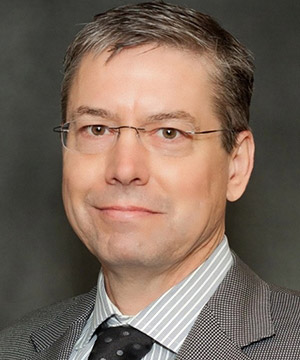
Dr. Boling earned his MD from Texas Tech University Health Science Center, School of Medicine, in 1991. After medical school, he completed a surgical internship and neurological residency at University of Kentucky Medical Center. He then went on to McGill University, Montreal Neurological Institute, where he was a research fellow in epilepsy and functional neurosurgery. In 2000 he also completed a clinical and research fellowship in the department of neurosurgery at University of Melbourne and Repatriation Medical Centre. Dr Boling returned to Montreal where he was an Assistant Professor of Neurosurgery at McGill University and Montreal Neurological Institute. He then moved to West Virginia University where he rose to Associate Professor of Neurosurgery. Dr Boling also practiced neurosurgery in Australia and is an Associate Professor of Neurosurgery at University of Melbourne. Dr. Boling has served in a number of key clinical, academic, research and leadership roles. He comes to Loma Linda University School of Medicine from University of Louisville, where he has served as interim chair since 2013 and professor and associate program director in the department of neurosurgery. In addition, Boling has received a number of distinguished honors and awards, including “Top Brain Surgeon” in Louisville Magazine, and has published numerous peer-reviewed articles, abstracts and book chapters. Boling is service director for the International Consortium for the treatment of Epilepsy in Underserved Settings, as well as director of CURE Children’s Hospital of Uganda of the Comprehensive Epilepsy Program. Dr. Boling is committed to providing quality care to patients through compassionate care and commitment.
Wes Ashford
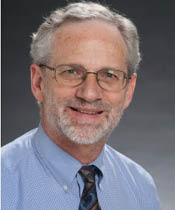
Dr. Ashford is a Clinical Professor of Psychiatry and Behavioral Sciences (affiliated) at Stanford University and the Director of the War Related Illness and Injury Study Center at the VA Palo Alto Health Care System. Dr. Ashford also serves as a Senior Research Scientist at the Stanford / VA Aging and Alzheimer’s Disease Clinical Research Centers. He is Chair of the Memory Screening Advisory Board of the Alzheimer’s Foundation of America and a Senior Editor of the Journal of Alzheimer’s Disease. He received his MD (1974) and PhD (1984) from UCLA, completing his dissertation under Dr. Joaquin Fuster. His dissertation was a finalist for the Lindsley Prize for the best in Behavioral Neuroscience (1984). He completed Psychiatry Residency at the UCLA Neuropsychiatric Institute (1979; board certified in Psychiatry, 1981). While serving as the first Chief Resident on the UCLA Geriatric Psychiatry, unit 1978 to 1979, he conducted the first double-blind study of an anti-cholinesterase drug (physostigmine) to treat Alzheimer patients (Ashford et al., 1981); anti-cholinesterase drugs are now the first-line treatment for Alzheimer’s dementia. From 1980 to 1985, Dr. Ashford directed the Geriatric Psychiatry Out-patient Clinic at UCLA and initiated the UCLA/Alzheimer PET scan study with Dr. David Kuhl. With Dr. Fuster, he made the first proposal and neurophysiologic demonstration of massive parallel information processing in connections between different regions of the cerebral cortex (Ashford & Fuster, 1985), a critical finding for understanding neuroplasticity and memory (Ashford, Coburn, and Fuster, 1998). His work in Alzheimer’s disease and neurophysiology led to the water-shed proposal that neuro-plastic memory mechanisms of the brain are specifically affected by Alzheimer pathology (Ashford & Jarvik, 1985, Ashford, 2015). Dr. Ashford has served in leadership positions in several academic institutions. He helped to establish NIA-funded Alzheimer’s Disease Centers at Southern Illinois University School of Medicine and the University of California, Davis. While in Illinois he published the first study of Modern Test Theory in the field of Medicine, “Item-Response Theory” analysis of the Mini-Mental State Exam (Ashford et al., 1989). At the University of Kentucky, as tenured Associate Professor in Psychiatry, Neurology, and the Sanders-Brown Center on Aging, and Vice-Chair for Research, Department of Psychiatry, and a scientist in the NIA-funded Alzheimer’s Disease Research Center, he proposed a “Time-Index” method to measure Alzheimer dementia severity (Ashford et al., 1995; Ashford & Schmitt, 2001), which was used in the UK Nun study (Butler, Ashford, Snowden, 1996), and a study of the loss of cerebral perfusion in Alzheimer patients (Ashford et al., 2000). With Dr. James Geddes he showed the crucial role of paired helical filament pathology in destroying neuronal processes (Ashford et al., 1998). In addition to publishing extensively in nearly all areas of the Alzheimer field, Dr. Ashford has studied numerous other neuropsychiatric illnesses. He provides leadership, mentorship and expert consultation in a wide range of fields touching on and synergistic to brain health and disease. He is currently developing early detection and measurement methods for cognitive function and reformulating theories of Alzheimer pathology. He continues his life-long interest and passion for improving health and slowing aging.
Aaron G. Filler
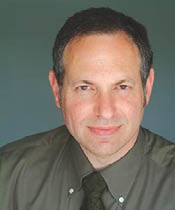
Dr. Aaron Filler is the world’s leading expert in treatment of nerve pain. He has revolutionized nerve-pain treatment by inventing several new technologies. One such technology, MR Neurography, enables doctors to use an MRI scanner to examine nerves, previously a difficult-to-impossible tissue to visualize with MR imaging. Dr. Filler’s research in axonal transport is leading to a whole new generation of advanced pain medications. He has developed many new “minimal access” surgery methods that allow him to treat complex nerve problems with small outpatient surgeries. He has also pioneered the use of the Open MRI scanner to do surgeries and other therapies with the ultra-high precision and safety of the magnetic resonance imaging.
Kuldip Sidhu

Michael J. Roy
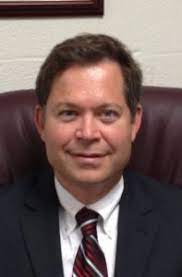
Michael Roy, MD, Col. (Ret.) is professor of Medicine and director of the Division of Military Internal Medicine at Uniformed Services University and director of Recruitment for USU’s Center for Neuroscience and Regenerative Medicine. He is a graduate of Brown University and Brown University School of Medicine. Dr. Roy completed an internal medicine residency and a general medicine fellowship at Walter Reed Army Medical Center, and retired as a Colonel after 24 years’ active duty in the Army. He has twice served as president of the Society for Brain Mapping and Therapeutics (SBMT), and is a Fellow of the American College of Physicians. He has authored more than 100 publications including the books Physician’s Guide to Terrorist Attack and Novel Approaches to the Diagnosis and Treatment of Post traumatic Stress Disorder. Dr. Roy is currently the principal investigator on multiple active studies seeking to improve the early identification and treatment of post traumatic stress and traumatic brain injury. Many of the studies incorporate cutting-edge technologies, including functional MRI to both detect PTSD and document a response to treatment, the use of virtual reality to enhance the treatment of PTSD, and the use of smart phones and tablet devices to reach out to patients and help them with their symptoms at a distance.
Mike Y. Chen
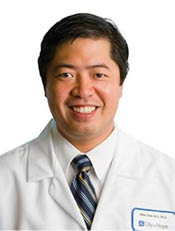
Michael Okun
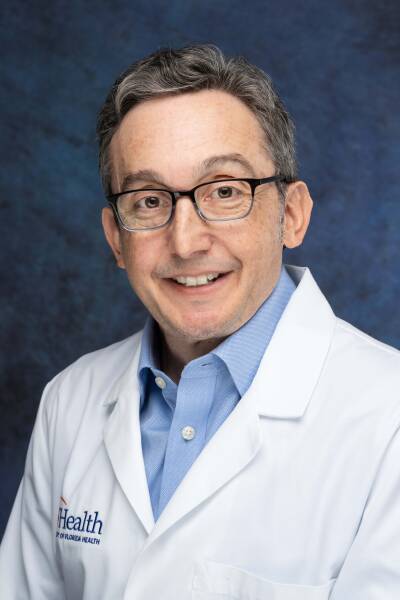
My name is Michael Okun, MD, and I am a board-certified neurologist, movement disorders specialist, neuroscientist and author who practices with the philosophy that ‘the patient is the sun’ and should be at the center of all care decisions. I co-founded and co-direct the internationally-renowned Norman Fixel Institute for Neurological Diseases with my neurosurgeon partner and friend, Kelly Foote, MD. Since 2006, I have served as both the Medical Director and most recently as the Medical Advisor for the Parkinson’s Foundation. I completed my medical degree in 1996 from the University of Florida. Following my medical degree, I completed my internship in 1997 and neurology residency in 2000, both at the University of Florida (Go Gators!). I then completed my fellowship in movement disorders and surgery for movement disorders in 2002 at Emory University in Atlanta, Georgia. I see patients for a variety of movement related neurological disorders including Parkinson’s disease, tremor Tourette syndrome, dystonia and more. As a care provider, I strive to translate physiological principles underpinning neurological disorders into real-world therapies to improve a patient’s life and wellbeing. When I am not caring for patients, I conduct human research including clinical trials and the cognitive, behavioral and mood effects of deep brain stimulation (DBS) and neuromodulation. My research projects have included the application of DBS and neuromodulation therapies for the treatment of Parkinson’s disease, Tourette syndrome and tic disorders, dystonia, essential tremor and obsessive-compulsive disorder. My research has received support from the National Institutes of Health, the Smallwood Foundation, the Tourette Association of America, the Parkinson’s Alliance, the Parkinson’s Foundation and the Michael J. Fox Foundation. As a doctor, I am passionate about the importance of arts in medicine. In 1995, I authored my first book of poetry, Lessons From the Bedside. Since my first book, I have authored 14 books related to living a full life with neurological disorders including Parkinson’s Treatment: 10 Secrets to a Happier Life and Ending Parkinson’s Disease. In my free time, I enjoy spending time with friends and family, podcasts, reading history, going on walks with our family dog and watching baseball.
Neal Prakash
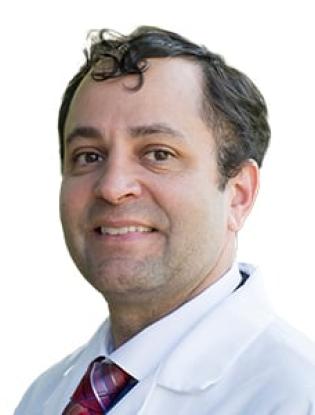
An expert in advanced neuroimaging techniques, Neal Prakash, M.D., Ph.D., is City of Hope’s chief of the Division of Neurology and director of neuro-optical imaging. Dr. Prakash leads programs for and treats patients with chemotherapy-induced neuropathy, headaches and chemobrain. He is heading a program to analyze and treat the long-term neurological effects of cancer patients who also recovered from COVID-19. Educated at University of California Berkeley and University of California Irvine, Dr. Prakash practiced in Hawaii before arriving at City of Hope in 2011. He regularly appears on a variety of “Top Doctor” lists and was named one of the “Leading Health Professionals in the World for Neurology and Neurosciences.” Dr. Prakash is a past president of the Society for Brain Mapping and Therapeutics. He publishes frequently and has helped create video animations to illustrate the workings of the brain.
Jean-Jacques Lemaire
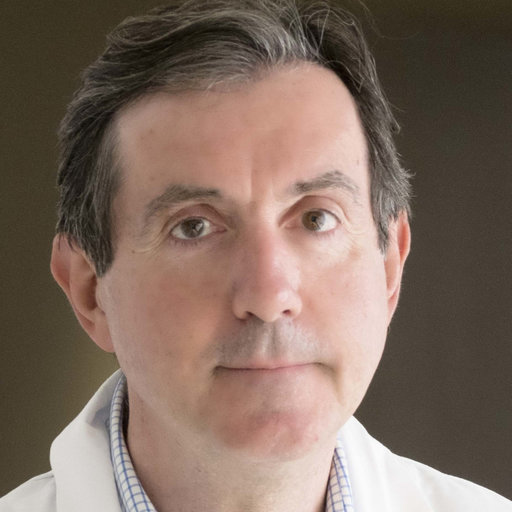
Jean-Jacques Lemaire (MD, PhD) is full professor of neurosurgery at the Université Clermont Auvergne (EPE UCA). His research focuses on image guided neurosurgery and connectomics from methodological approaches to clinical research; in this context he stayed in USA laboratories at Harvard Medical School and UCLA. He heads the service of neurosurgery at the University Hospital of Clermont-Ferrand, and the research axe of Image Guided Therapy (Pascal Institute; UMR UCA CNRS SIGMA). He has authored and co-authored more than 120 scientific papers, 200 communications in congresses, and was invited to more than 100 scientific meetings. He participates to two master program in medical engineering in France.
Farzad Massoudi

